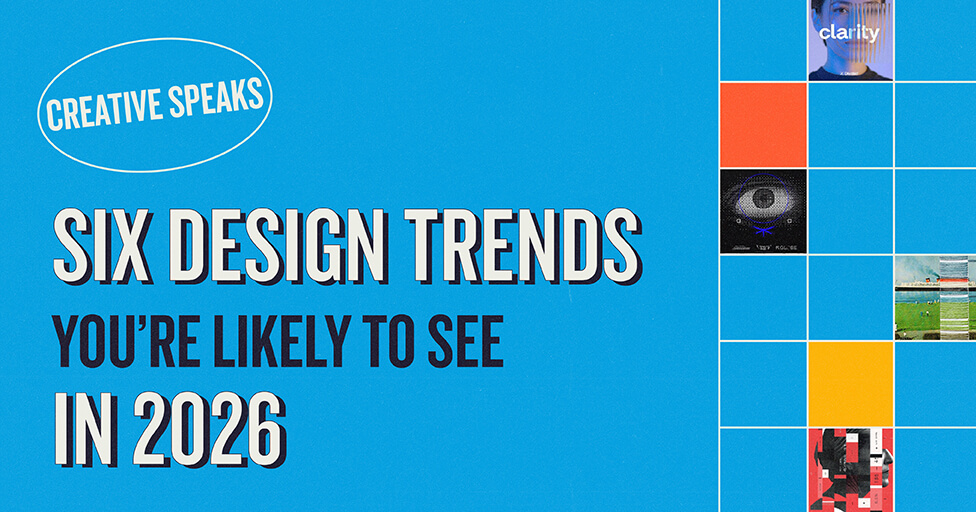
The COVID-19 pandemic has impacted us all in various ways, but one similarity the U.S. workforce shares is that we’re spending more time working from our homes and less time in the office. For most of us, especially those at an advertising agency, this is a pretty big shift from our pre-2020 work lives. While some may argue that the pandemic simply accelerated the adaptation of technology and the future of the work environment, others are wondering if things will eventually go back to normal. Will we want to go back to working in a crowded office, sitting at our desks from 8:00 am to 5:00 pm every single day? Is it even necessary to do so?
The answer to that question will vary by industry and role, of course. Some industries, like finance and accounting, and some positions, like sales and consulting, will likely continue to work from home. It has worked well in the past for them and, given the independence of their job responsibilities, they don’t need daily face-to-face interactions with co-workers.
On the other hand, there are industries, like advertising, that up until March 2020 thrived on in-person communications. At MBB, for example, we have a work from home policy and a very flexible work environment, yet the office was always bustling with people. Why? Because being surrounded by like-minded, collaborative coworkers fosters creativity.
So this begs the question can we be just as creative working remotely as we are working in an office?
Research says yes. Here are five reasons why:
Less structure is less stifling. Workplaces tend to be pretty structured, even at an advertising agency. Desks in a row with employees quietly working on their computers—this is a typical scene at most companies. Even with collaboration spaces and white boards lining the walls of large conference rooms, this environment doesn’t always inspire new ideas. Trying to think outside the box while sitting in a cube is about as difficult as it sounds, even for the most creative people.
It’s a much needed break from routine. It is easy to get stuck in a rut when each day is pretty much the same. Working remotely allows employees to change their routine and their environment. This change is key for finding inspiration and applying it to work.
Digital tools promote creativity. While we can all agree that the pandemic has been hugely unfortunate, the one silver lining is that it took place in 2020 and not 1990. Today, we have more digital tools at our fingertips than we know what to do with. These tools help us stay connected and, more importantly, allow us to quickly share our ideas and our work to help drive innovation. We are moving faster than ever before through the use of these digital tools.
Limiting distractions improves creativity. Office settings are great for encouraging spontaneous interactions, but are these spur-of-the-moment conversations always beneficial? No. Not when they interrupt the flow of thought. Working from home allows individuals to set their own boundaries for interaction with others and work without distractions when necessary.
Individuals create their own workspaces. No two minds are alike, especially when they are creative minds. While one individual may enjoy working in a quiet and bright workspace, another may blare loud music in a dark basement to get new ideas flowing. We all work differently, and we all work best when we’re most comfortable. Working remotely allows for just that.
While working remotely may allow for employees to be just as creative as they were pre-COVID, it is important to ensure people are having meaningful social interactions regardless of where they are. After all, it is no secret that creativity is spurred by serendipitous conversations. New connections are made and new ideas are formed naturally often when we least expect it. If you’re considering keeping employees remote, make sure to create opportunities for interaction, even if it is a dreaded Zoom happy hour. Who knows, maybe a few cocktails and some unintended banter will lead to your next big idea.
Subscribe to our newsletter
Get our insights and perspectives delivered to your inbox.


